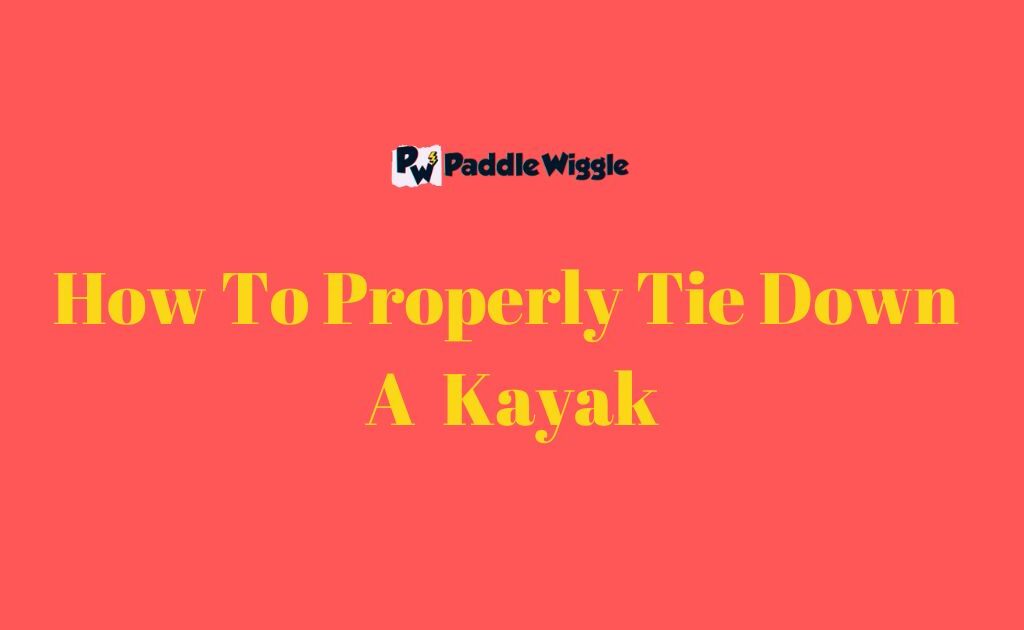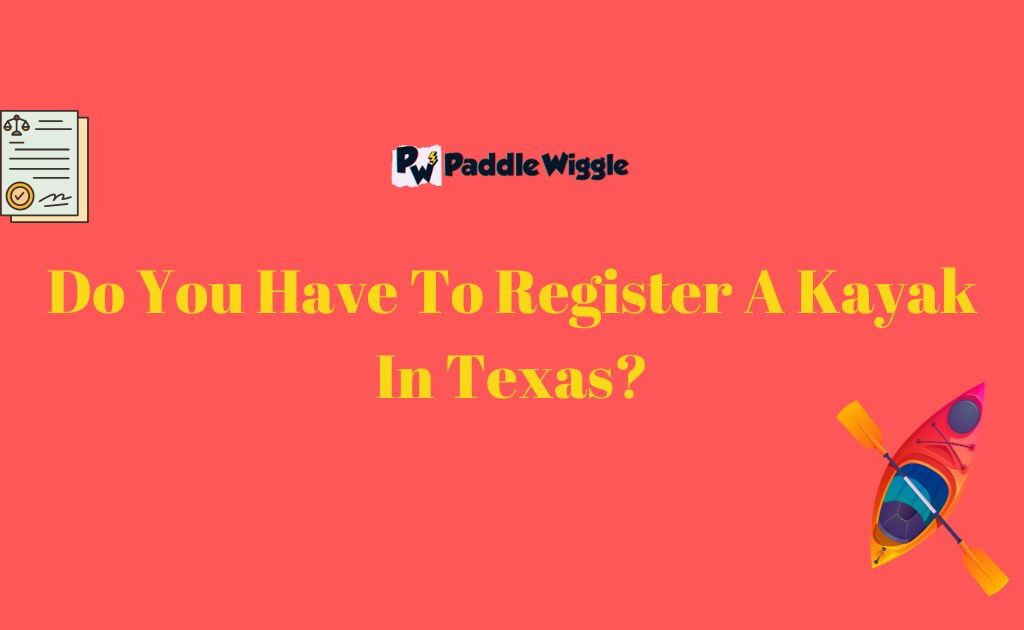Kayak speed is influenced by various factors such as paddling technique, kayak design, and environmental conditions. But have you ever wondered how fast a kayak can go?
On average, a recreational kayak can reach speeds of around 2-4 miles per hour (3-6 kilometers per hour). However, experienced paddlers in high-performance kayaks can achieve much higher speeds, sometimes reaching up to 7-8 miles per hour (11-13 kilometers per hour) or even more.
Additionally, external conditions can significantly affect a kayak’s speed. Wind can either assist or hinder progress, so paddling with or against the wind will impact speed. Similarly, water currents can either provide a boost or create resistance. Paddlers should be aware of these factors and adjust their technique accordingly.
In this article, we’ll discuss about kayak speed, and how fast can kayaks go in different situations.
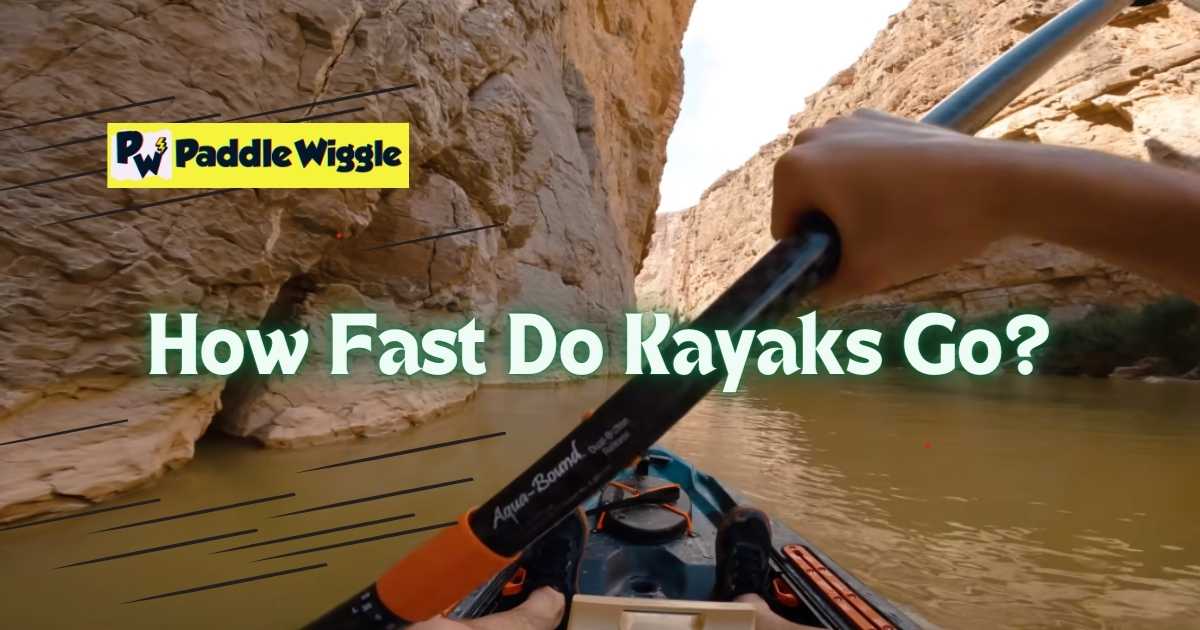

Contents
How Fast Is A Kayak
How fast a kayak goes depends on different things, like how it’s built, how good you are at paddling, and what the weather’s like.
Usually, regular kayaks go between 2 to 4 miles per hour if you’re paddling at a normal speed on calm water.
But racing kayaks can go much faster, even over 10 miles per hour, especially if the person paddling is really good and the conditions are perfect.
Remember, these speeds are just estimates and can change a lot depending on all these factors.
Understanding Kayak Speed
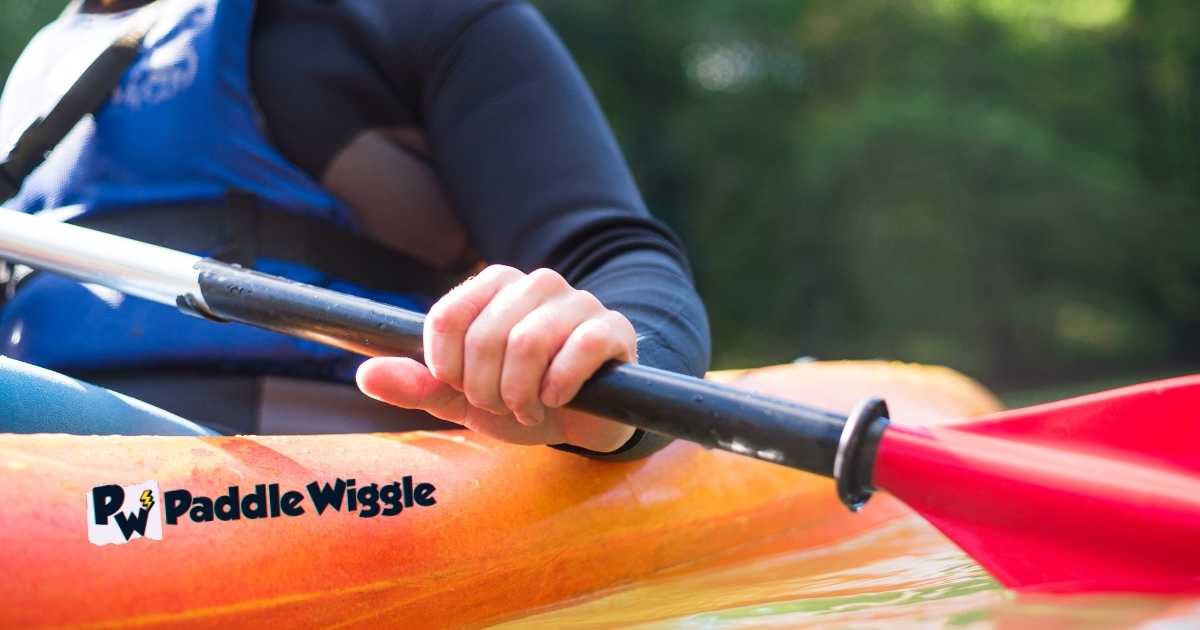

Kayaking is a popular water sport that offers both relaxation and excitement. Speed is one of the key aspects of kayaking, as it determines how fast you can glide through the water.
Average Speed
The average speed of a kayak can vary depending on several factors. On calm waters, most kayakers maintain an average speed ranging from 2 to 4 knots, which is equivalent to approximately 2.3 to 4.6 miles per hour. However, it’s important to note that this range can be influenced by various factors such as wind, currents, and the paddler’s skill level.
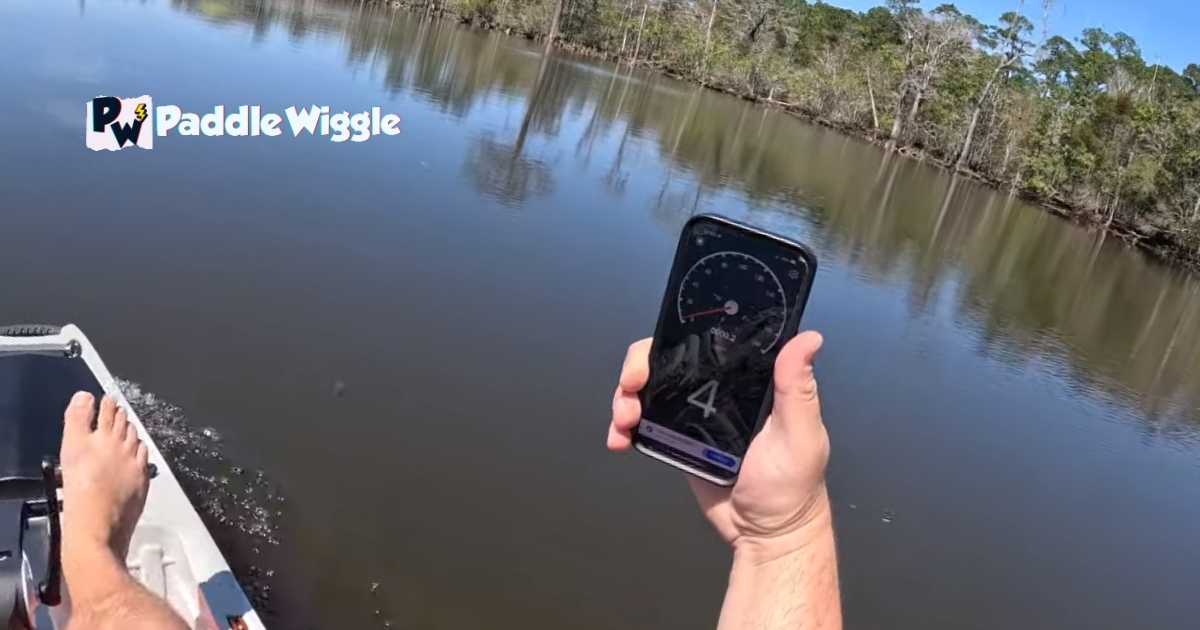

Beginner Speeds
For people new to kayaking, it’s normal to go slower than those who’ve been doing it for a while. Learning the right way to paddle takes time, and beginners might not have as much strength or know-how at first. But as they get more comfortable and practice more, they’ll start to go faster.
The way you paddle is super important for beginners. Using smooth, efficient strokes and keeping a steady pace helps beginners move through the water better and go faster.
Speed Potential
Think of a kayak’s maximum speed as the top limit it can reach, called the hull speed. This speed is based on how long the kayak is when it touches the water. Longer kayaks can usually go faster because they have more length to glide through the water.
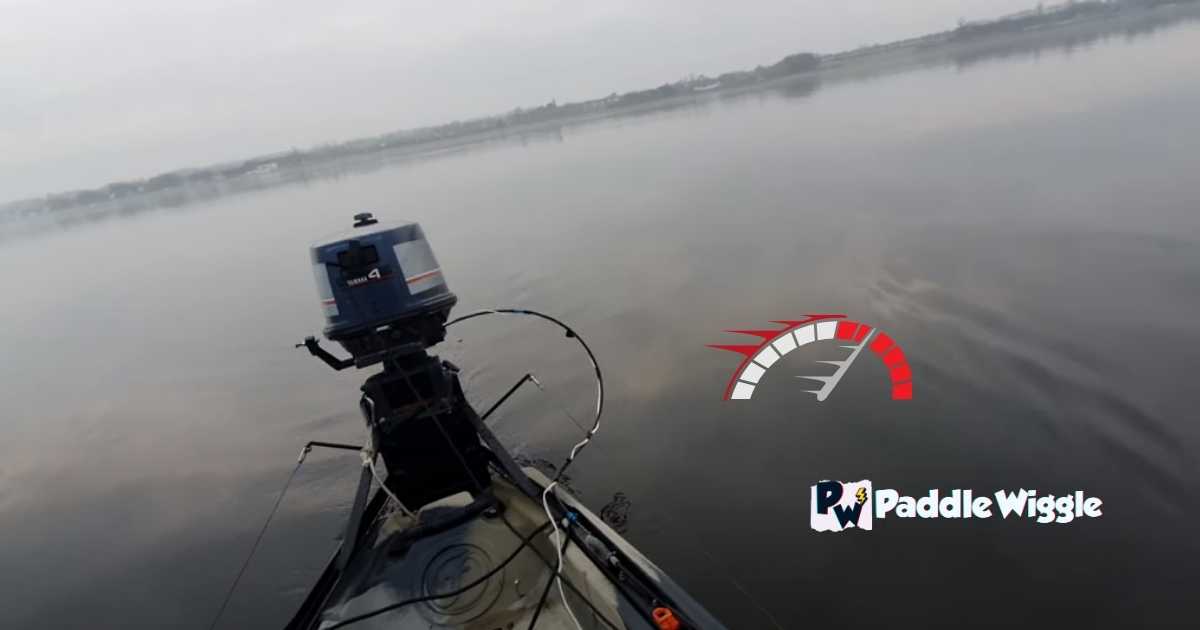

But just having a long kayak isn’t enough. To reach that top speed, you also need to paddle really well. Experienced kayakers who’ve practiced a lot can make their kayaks go even faster than usual by using advanced paddling techniques.
Impact Of Kayak Design In Speed
Think of it like this: the shape and size of a kayak affect how fast it can go. Shorter kayaks are great for turning quickly and handling waves, like in surfing, but they might not be as fast as longer ones. Longer kayaks have more of their body in the water so that they can go faster, especially in smooth water. So, depending on what you want to do, you might pick a kayak that’s shorter for tricky waters or longer for more speed on calm ones.
Factors Influencing The Speed Of A Kayak
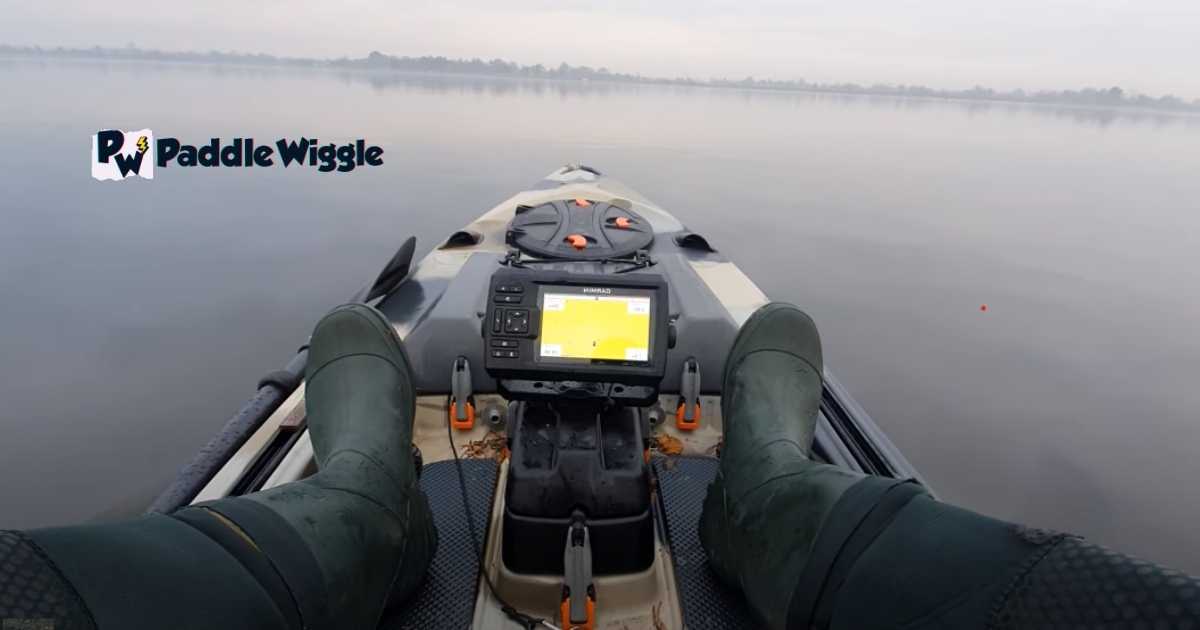

There are several factors that determine how fast a kayak can go. These include the type of kayak, the paddler’s skill level, the water conditions, and the paddle used.
Type Of Kayak
Different types of kayaks have varying speeds. Sea kayaks, for example, are designed for speed and efficiency in open water. They typically have longer and narrower hulls, allowing them to glide through the water with less resistance. As a result, sea kayaks can reach higher speeds compared to other types of kayaks.
On the other hand, recreational kayaks are wider and more stable, making them suitable for calm waters such as lakes and slow-moving rivers. While they may not be as fast as sea kayaks, recreational kayaks offer better stability and maneuverability.
Paddler’s Skill Level
Here’s a simple breakdown: how fast a kayak moves depends a lot on how good the person paddling it is. Skilled paddlers who’ve been at it for a while know exactly how to paddle to get the most out of each stroke. They use their energy wisely and paddle efficiently to go faster.
If you’re new to paddling, it might take some time to get the hang of it. Beginners might not paddle as efficiently, so their kayaks might not go as fast. But with practice and my tips, beginners can learn to paddle better and make their kayaks go faster.
Paddle Selection
Here’s a simpler explanation: the paddle you use can affect how fast your kayak goes. Lighter paddles made from materials like carbon fiber or fiberglass help you paddle faster because they’re designed to move smoothly through the water. They reduce the resistance, so you can paddle with less effort and go faster.
But if you use a heavier or less efficient paddle, it can slow you down and make paddling harder. So, picking the right paddle that matches your kayak and how you like to paddle is important for going as fast as possible.
Water Conditions
The prevailing water conditions heavily influence the speed of a kayak. River currents and tides, depending on their direction and strength, can either assist or impede progress.
If you’re paddling in a river or dealing with tides, they can either help you go faster or slow you down. So, you need to change how you paddle depending on which way the water is flowing. If it’s going the same way you want to go, you can use it to help you move faster.
On the flip side, if you’re paddling against a strong river current or fighting against tides, it can be harder to move forward. You’ll need to put in more effort, and it might slow you down. It’s important to adjust your paddling technique to deal with different water conditions so you can keep moving efficiently.
Weather Impact
Weather conditions, particularly wind, have a significant impact on kayak speed. The direction and strength of the wind can either hinder or boost progress on the water. Paddling against strong headwinds requires greater exertion from kayakers, potentially slowing down their speed.
That’s why you should know how to deal with wind. They change their route to make the most of tailwinds and find sheltered spots when it’s windy. This helps them paddle faster and have a smoother ride.
How Kayak Designs Impact It’s Speed
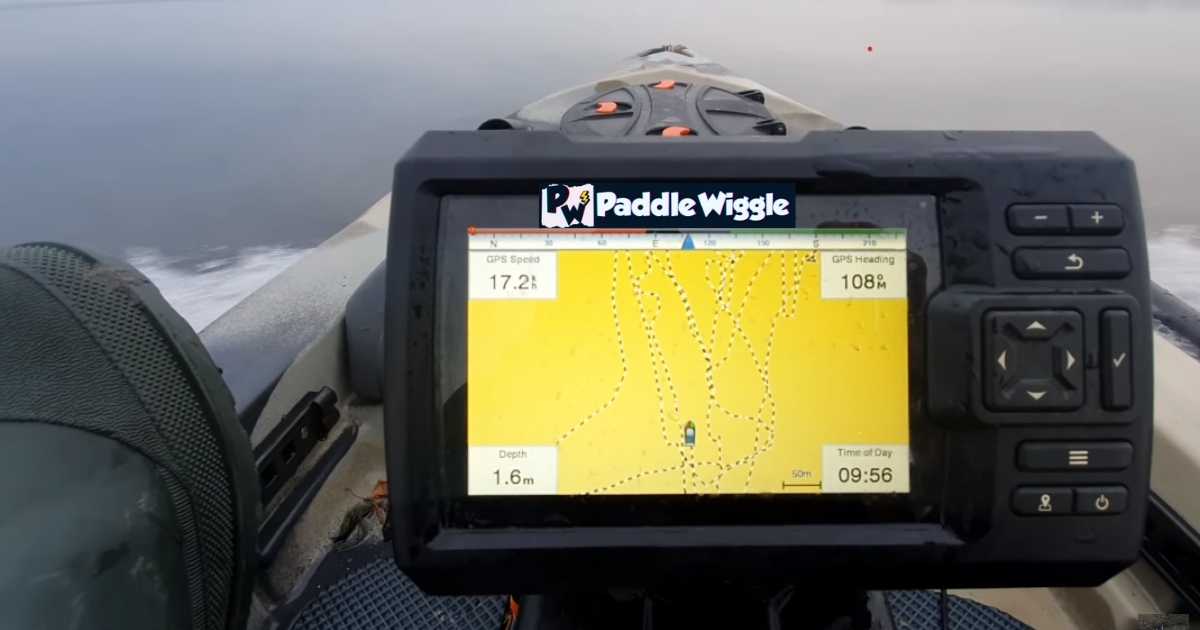

The design of a kayak significantly affects its speed. Key design elements include hull shape, length, weight, deck profile, rigging, and paddle design.
Here are some key design factors and how they impact speed:
Length And Type
The length and type of a kayak are two key factors that significantly impact its speed. Longer kayaks tend to paddle faster and track better in a straight line. They have a greater surface area on the water, which helps them maintain momentum and glide efficiently. Sea kayaks, known for their longer length, are designed specifically for speed performance on flat water.
Narrower kayaks are faster because they create less resistance in the water. They’re like sleek arrows cutting through the water, making kayakers go faster. But because they’re narrower, they might not be as stable as wider kayaks. So, kayakers need to find a balance between speed and stability that works for them.
Hull Shape
The shape of a kayak’s hull is another critical factor that impacts its speed. Different hull shapes excel in different conditions. Flat-bottomed hulls provide stability but sacrifice some speed due to increased drag. They are ideal for recreational kayaking or navigating calm waters.
On the other hand, V-shaped hulls cut through the water more efficiently, allowing for higher speeds. These hull designs are commonly found in sea kayaks or touring kayaks designed for long-distance paddling on open water.
Kayak’s Weight
When it comes to kayak speed, weight plays a crucial role. A lighter kayak tends to be faster and more efficient in the water. The weight of a kayak affects its maneuverability and acceleration. Lighter kayaks require less effort to paddle, allowing experienced kayakers to achieve higher speeds with less fatigue.
A light kayak also makes it easier to turn fast and move through tight spots. But if a kayak is heavy, it might need more effort to paddle, so it won’t go as fast. So, it’s smart for kayakers to think about how heavy their kayak is when they want to go really fast.
How You Can Maximizing Your Kayak’s Speed
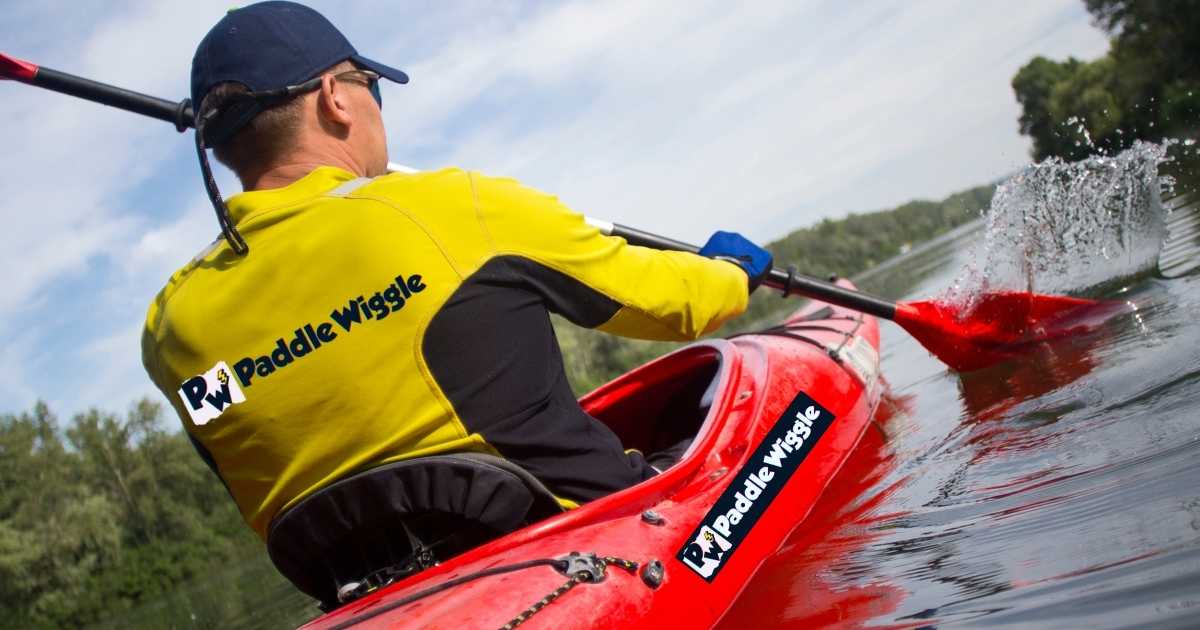

Experienced kayakers are like pros on the water because they’ve been doing it for a long time and know a lot about it. They’ve spent years practicing and learning how to handle different situations on the water, which helps them go faster. They’re really good at paddling, so they can move the kayak quickly with just a few strokes.
To go as fast as possible in a kayak, you need to think about a bunch of things, like how your kayak is built and how you paddle. Experienced kayakers have figured out how to make all these things work together to go really fast.
Here are some tips to help you achieve maximum speed:
Technique Improvement
So, how you paddle is key to making your kayak go faster. Working on your paddling technique can help you move more efficiently through the water.
A big part of improving your technique is making sure you sit up straight and use your core muscles. This helps you get more power from each paddle stroke. Also, keep your upper body relaxed and twist your body as you paddle to make each stroke smoother and more efficient.
To get better at paddling, you can do drills to practice specific moves. One useful drill is the forward stroke drill. This means focusing on how you put your paddle in the water and pull it back straight along the kayak’s centerline. Doing this drill often helps your muscles remember the movement and makes your paddling technique better.
The more you practice, the more you’ll improve. Spending lots of time on the water helps you get better at doing the right strokes and moves. Joining a kayak club or training sessions can give you chances to practice with others and get tips from people who know a lot about kayaking.
Kinetic Energy And Endurance
To keep moving at a steady pace and go as fast as possible, kayakers need to know about two important things: kinetic energy and endurance.
Kinetic energy is the energy you get from moving the kayak through the water. If you use the right paddling techniques, you can make the most of this energy and go faster.
Endurance is also crucial for maintaining your speed over long distances. If you train regularly and stay in good shape, you’ll be able to paddle at your cruising speed for longer without getting tired, which helps you perform better overall.
Fitness Enhancement
Getting in better shape can also help you paddle faster. Working on your heart and muscles makes a big difference. When your heart and muscles are stronger and more flexible, you can paddle harder and longer without getting tired. Improving your fitness can really boost your speed on the water.
To boost your endurance, try activities like running, biking, or swimming. These workouts strengthen your heart and lungs so you can kayak for longer without getting tired.
Building muscle strength is key for powerful paddling. Exercises that work your core, shoulders, and back, like planks or shoulder presses, can help you paddle stronger.
Stretching exercises can also improve flexibility, making it easier to paddle smoothly. Regular stretching can also prevent injuries and improve the range of motion.
Training For Improving Your Kayaking Speed
Improving your kayaking speed requires a combination of physical conditioning, technique refinement, and mental preparation.
Endurance Training
Building endurance is crucial for maintaining speed over long distances. Incorporate these endurance training methods to enhance your stamina and prolong your paddling capabilities.
Long-Distance Paddling
Build endurance by gradually increasing the duration of your paddling sessions. To improve your stamina, focus on maintaining a steady pace over extended distances.
Interval Training
Incorporate interval training sessions, alternating between periods of high-intensity paddling and rest or lower-intensity paddling. This improves cardiovascular fitness and helps simulate race conditions.
Strength Training
Strength is the foundation of power in kayaking. Strengthening specific muscle groups will not only improve your speed but also enhance your overall paddling efficiency and resilience against fatigue.
Core Strength
Develop core strength to enhance stability, power transfer, and overall paddling efficiency. Include exercises such as planks, Russian twists, and medicine ball rotations.
Upper Body Strength
Strengthen the muscles used in paddling, including the shoulders, arms, and back, with exercises like rows, pull-ups, and shoulder presses.
Technique Refinement
Efficient technique is essential for maximizing speed on the water. By refining your paddle stroke mechanics and body positioning, you can optimize power transfer and propel your kayak with greater efficiency.
Paddle Technique
Focus on refining your paddle technique to maximize efficiency and power generation. Work on proper paddle placement, catch, and exit, and experiment with different paddle strokes to find what works best for you.
Body Mechanics
Pay attention to your body mechanics, including posture, torso rotation, and leg drive, to optimize power transfer from your body to the kayak.
Balance And Stability
Practice balance and stability drills to improve your ability to maintain control and speed in various water conditions.
Speed Workouts
Speed workouts are designed to improve your anaerobic fitness and sprinting capabilities. Incorporate these high-intensity intervals into your training regimen to enhance your top-end speed and race performance.
Sprint Intervals
Incorporate sprint intervals into your training sessions to improve anaerobic fitness and speed. Paddle at maximum effort for short bursts, followed by periods of rest or lower intensity.
Time Trials
Conduct time trials over set distances to track your progress and identify areas for improvement. You can also use these trials to practice pacing, race strategy, and mental toughness.
Cross-Training
Cross-training offers a well-rounded approach to improving overall fitness and performance. Here are a few cross-training to improve your kayaking speed:
Cardiovascular Training
Incorporate other cardiovascular activities such as running, cycling, or swimming to improve overall fitness and endurance.
Flexibility And Mobility
Maintain flexibility and mobility through activities like yoga or stretching to prevent injury and optimize paddle stroke mechanics.
Final Words
The speed of a kayak depends on many things like the type of kayak, how good the person paddling is, the weather, and the water. Usually, regular kayaks go around 2 to 4 miles per hour on calm water. But fancy racing kayaks can go much faster, even over 10 miles per hour, especially if the weather is just right.
Work on your paddle to make your kayak go faster. Pay attention to your technique, use strong strokes, and keep a steady pace to increase your power and speed.
But no matter how fast you go, kayaking is a fun way to explore nature and have outdoor adventures. Whether you’re taking a relaxed paddle along beautiful shores or joining fast-paced races, the joy of kayaking is about the adventure and the fun you have with others.

